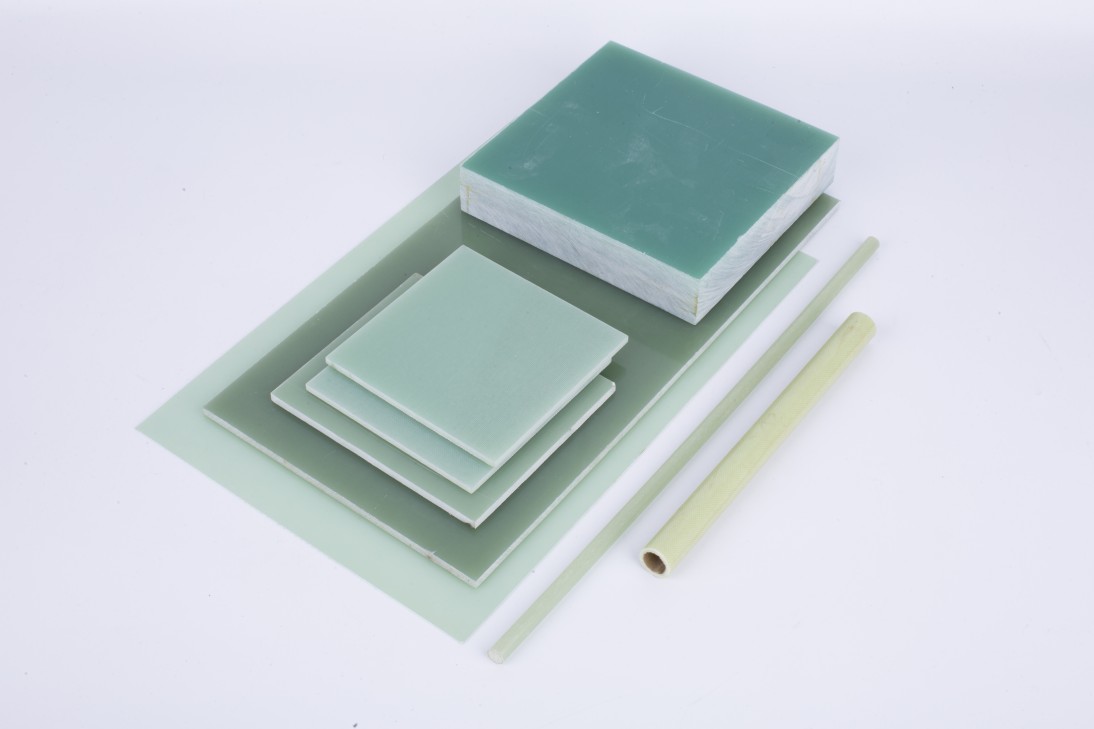
Privacy statement: Your privacy is very important to Us. Our company promises not to disclose your personal information to any external company with out your explicit permission.
How to distinguish between insulating materials and anti-static materials
How to distinguish anti-static materials from insulating materials, so let's learn the following knowledge together:
Electrostatic shielding material: The surface resistivity of the material is less than 1×104Ω/m2 or the volume resistivity does not exceed 1×103Ω. cm, the Faraday shield made of this material can prevent electrostatic sensitive devices from being affected by static electricity.
Electrostatic shielding materials are part of electrostatic conductor materials.
Insulating material: The surface resistivity of the material is greater than 1×1012Ω/m2, or the volume resistivity is greater than 1×1011Ω. cm. There is basically no current flow on the surface or inside of the insulating material, and its resistance is very large, making it difficult to ground. Static charges within this material remain on it for a long time.
Static conductive material: The surface resistivity of the material does not exceed 1×105Ω/m2 or the volume resistivity does not exceed 1×104Ω. Cm. This material has low resistance, and electrons flow easily on its surface and inside, and can flow to any other conductors or the ground it touches.
The surface resistivity of static dissipative materials is greater than 1×105Ω/m2 but less than or equal to 1×1012Ω/m2, or the volume resistivity is greater than 1×104Ω. cm but less than 1×10 11Ω. cm.
Antistatic generally refers to the property of a material to inhibit triboelectric charging. The antistatic properties of a material are not necessarily related to its electrical resistance or resistivity.

November 17, 2024
November 16, 2024
August 27, 2021
August 26, 2021
PEEK ball is a special type of ball made of polyether ether ketone (PEEK), which has excellent chemical stability, abrasion resistance, and high temperature resistance.PEEK ball is widely used in...
PVDF Application Areas Different models of PVDF products are suitable for different application scenarios. According to application fields, PVDF can be divided into conventional grade products and...
Application Performance Advantages of MC nylon MC nylon is a new type of engineering plastics, due to its outstanding comprehensive performance, so that its status in engineering plastics is rapidly...
Types of nylon: 1. Nylon - 6 (PA6) Nylon -6, also known as polyamide -6, that is, polycaprolactam. Translucent or opaque opalescent resin. 2. Nylon - 66 (PA66) Nylon-66, also known as polyamide-66,...
Email to this supplier
November 17, 2024
November 16, 2024
August 27, 2021
August 26, 2021

Privacy statement: Your privacy is very important to Us. Our company promises not to disclose your personal information to any external company with out your explicit permission.

Fill in more information so that we can get in touch with you faster
Privacy statement: Your privacy is very important to Us. Our company promises not to disclose your personal information to any external company with out your explicit permission.